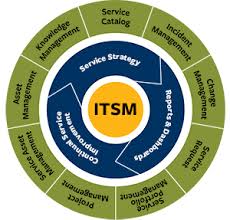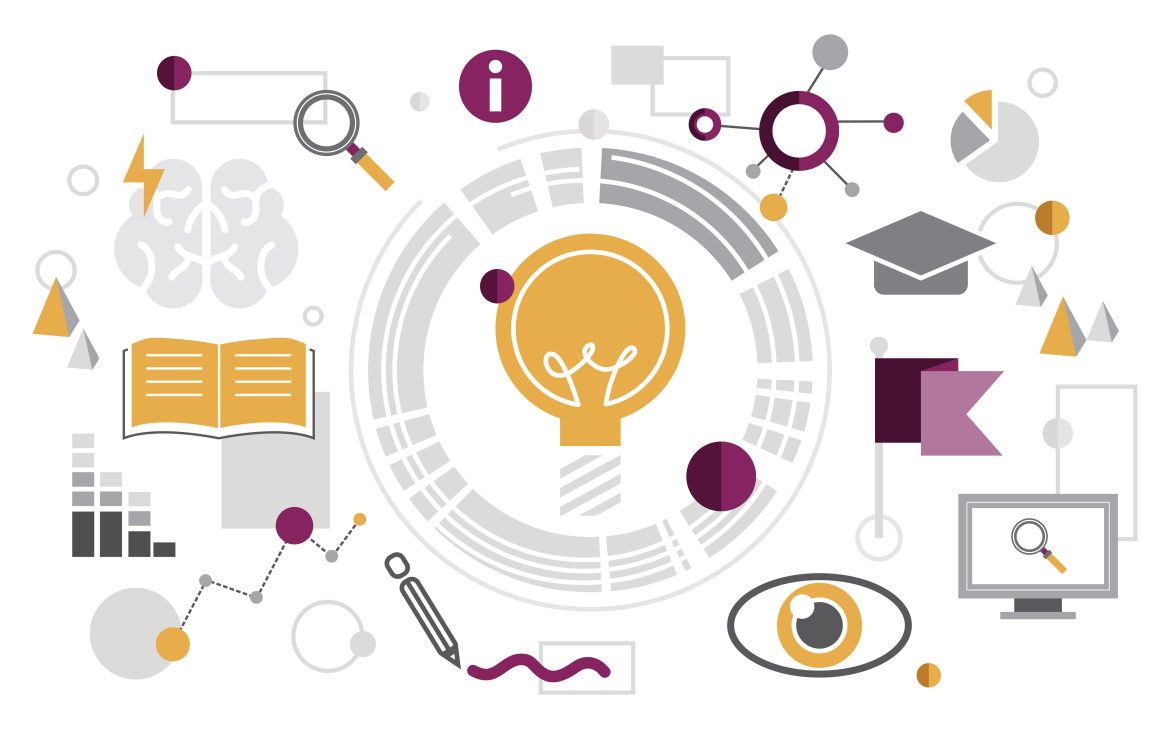Because of the nature of the modern marketplace, businesses are becoming increasingly reliant on their in-house information technology (IT) departments to provide mission-critical services and activities. Because information technology functions are becoming more and more integrated into the day-to-day operations of businesses, an increasing number of IT organizations are deciding to adopt best practices for IT Service Management (ITSM), such as the ITIL® framework, in order to keep up with the rapidly shifting requirements of the businesses they serve. The following is a list of some common benefits of ITSM that can accrue to IT businesses as a result of the implementation of ITSM methods, policies, and procedures. We have covered this topic in our many previous articles, but this list specifically covers the most important reasons why IT businesses choose to use ITSM as their directing light for IT operations.
Benefits Of ITSM
There are countless ITSM benefits that an organization experiences in its daily routine operations. Here we have discussed some common benefits that an organization could achieve with very little effort. So, the following are some common benefits of ITSM.

- Reduced Operational Costs
Sixty per cent or more of all IT budgets are allocated to IT infrastructure and operations (I&O) and almost half of all IT workers are employed in I&O. IT companies that want to thrive need to invest in more infrastructure and operations personnel as they expand. As a result of the automation elements in IT service management, which lessen the burden on IT operators, implementing expansion plans doesn’t require as many new employees.
- Improved Effectiveness
One of the foremost benefits of ITSM is exactly what metrics should be used to evaluate an IT department’s performance as a whole. As an IT manager, it is your responsibility to determine which metrics are most relevant for gauging your team’s success. You’ll also want to monitor these key performance indicators over time to see if your organization is doing better at meeting its targets.
Implemented properly, ITSM technologies help businesses continuously improve. In the event of a service interruption, decreasing the average response time and mean time to resolution by adopting a structured incident response and increasing the focus on crisis management can help. ITSM provides a framework for improving the quality of your IT service delivery in any area through iterative processes.

- Improved Accountability
IT service management is distinguished by its central focus on creating accountability through service standardization, which in turn aids IT businesses in better adhering to IT regulations and procedures in the service delivery process. Establishing the IT service desk and formal, written processes for delivering each type of IT service are key to ITSM’s goal of standardizing service delivery across an organization.
IT administrators may monitor operator activity and see how issues and service requests are being handled with the help of an ideal ITSM tool. Thanks to these enhancements, the IT department’s service delivery process can now be observed in great detail. Managers in the IT department can check in on service delivery consistency and adherence to policies and procedures by reviewing incident logs. So, this is one of the common benefits of ITSM.
- Improved Self-Service Productivity
IT service management (ITSM) best practices are used to boost self-service efficiency in businesses. Self-service is an attractive replacement for the conventional help desk model because it enables users with sufficient technical knowledge to handle incidents and service requests without the intervention of IT operators, thereby decreasing ticket resolution costs and boosting customer satisfaction. Self-service productivity can be enhanced by implementing ITSM features such as a comprehensive self-service catalog and a knowledge base that allows users to resolve more problems on their own.
- Reduced Workload
IT companies that want to get rid of boring, repetitive manual work and the errors it typically brings to the table put a premium on automating as much of it as they can. But IT departments need to start utilizing ITSM tools if they want to make the most of automation. Through the use of ITSM (ITSM) technologies, organizations may make the shift from manual to automated process management, reducing the burden on IT staff and freeing them up to focus on value-added work. That’s why organizations always aim towards reducing workload whenever they think about the benefits of ITSM.

- Improved Communication
Businesses and IT departments that embrace IT service management have easier access to IT operators and support and better lines of communication. To do this, an IT service desk is set up to facilitate operations like incident management, event management, and request fulfilment for the business and the IT department. All users will be able to get in touch with IT help if they go through the IT service desk.
- Saves Business Cost
One of ITSM benefits is that it saves a lot of money. Managing IT services efficiently can cut costs in countless ways. Information technology service management (ITSM) best practices are developed to promote cost savings and risk mitigation, such as the knowledge management process that reduces inefficiencies by encouraging the sharing of information (time is money, after all) and the information security processes that safeguard businesses from the financial and legal repercussions of data breaches.
- Saves Time
The ITIL 2011 framework includes a number of time-saving IT service management (ITSM) procedures. Knowledge management is a prime example of an efficient ITIL procedure, as its primary aim is to stop businesses from having to learn things again. With a solid knowledge management system in place, the IT department can create and keep up a database that facilitates efficient communication among all departments. Since IT departments no longer have to waste time re-discovering information or searching for solutions to problems. That have already been identified, significant time savings are realized.
- Higher Return on IT Investments
One of the most important benefits of ITSM is increased return on IT investments. You can buy the most powerful computers, fastest servers, and most reliable networks if you have the resources to do so. Without proper procedures in place to back up your IT setup. you will likely be unable to get the value for the money you spend. Even if you invest $1,000 in a server, its performance will inevitably decline without regular upkeep and oversight.
It is common practice for IT departments to implement a CMDB after adopting ITSM so that they can keep better tabs on their IT assets’ whereabouts and how they are being used. By tracking all IT assets in one place, we can guarantee that our money is being put to good use and make the most of our IT resources. Having a well-defined procedure for disposing of IT assets can help businesses maximize the value they derive from their outdated hardware and software.
- Improved Collaboration
It is easy to understand how the IT department may better engage with other functions through the application of ITSM rules and practices if we define business functions as all activities carried out by the business. As part of an ITSM strategy, the IT department coordinates with the accounting division to allocate funds for IT projects better. Building services managers and data center administrators may work together to establish and maintain safe practices for handling sensitive data. Through its incident reporting system, IT service management (ITSM) also encourages end-users to report IT concerns. Which gives the IT department additional information about how their applications and services are used.

Conclusion
We started the discussion with the point of finding some common benefits of ITSM. Soon after we discussed the initial points, it was revealed that there are countless ITSM benefits. It is because IT service management is a very vast topic. And all of its benefits cannot be counted or even could not be achieved. That’s why we preferred to discuss some common benefits of ITSM that could be easily achieved with very little effort. All of these benefits could be achieved by using an ideal ITSM tool. We said this because ITSM tools provide a complete mechanism to formulate a systematic ITSM strategy. That’s why we would strongly recommend you choose an ideal ITSM tool if you want to achieve these ITSM benefits.

